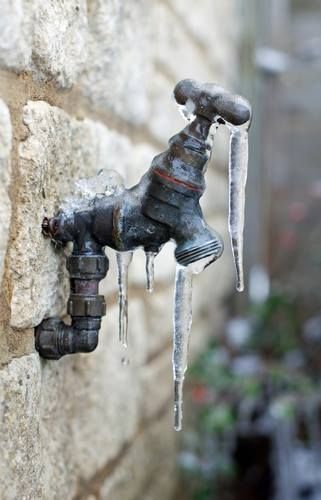Frozen Water Pipes In Attic

It s the thawing pipes that leak and spew water after a hard freeze use a space heater heat lamp or hair dryer to thaw the frozen length of pipe.
Frozen water pipes in attic. Turn on the faucet. Wrapping freezing pipes with thermostatically controlled heat tape from 50 to 200 depending on length is also an effective way to quickly thaw a trouble spot. Surprisingly both hot and cold pipes can be at risk. Don t thaw pipes using a propane torch which presents a fire risk.
Hi just an idea run the hot and cold water pipes in the attic next to each other touching if possible then wrap them in insulation together now go to the sink in the new bath room and install a recerculation pump and make sure it is on when the weather is cold. Moving plumbing pipes from a slab to an attic use pex pipe. If you find any broken pipes turn off the main water supply to the house. Field tests of residential water systems showed that for uninsulated pipes installed in an unheated attic freezing began when the outside temperature fell to 20 f or below.
What to do if a pipe bursts. Placing water pipes in outside walls greatly increases the risk of frozen and burst pipes in cold. Inspect carefully to see if you notice any line. It s smart to insulate water supply piping exposed to freezing temp.
Check along the water supply lines taking note of very cold spots. Another idea is box the pipes in and run a heating duct to them. If there is only a drip or trickle of water you may have a frozen pipe. Pex won t ruin if frozen.
The cost will run about 50 70 per foot. Look to spend about 75 to 150 to insulate pipe in the attic of a 2 bath home. But plumbing pipes in an unheated area such as an attic crawl space and garage are at risk of freezing. Often inexpensive foam pipe insulation is enough for moderately cold climates.
Don t forget your labor.
















































